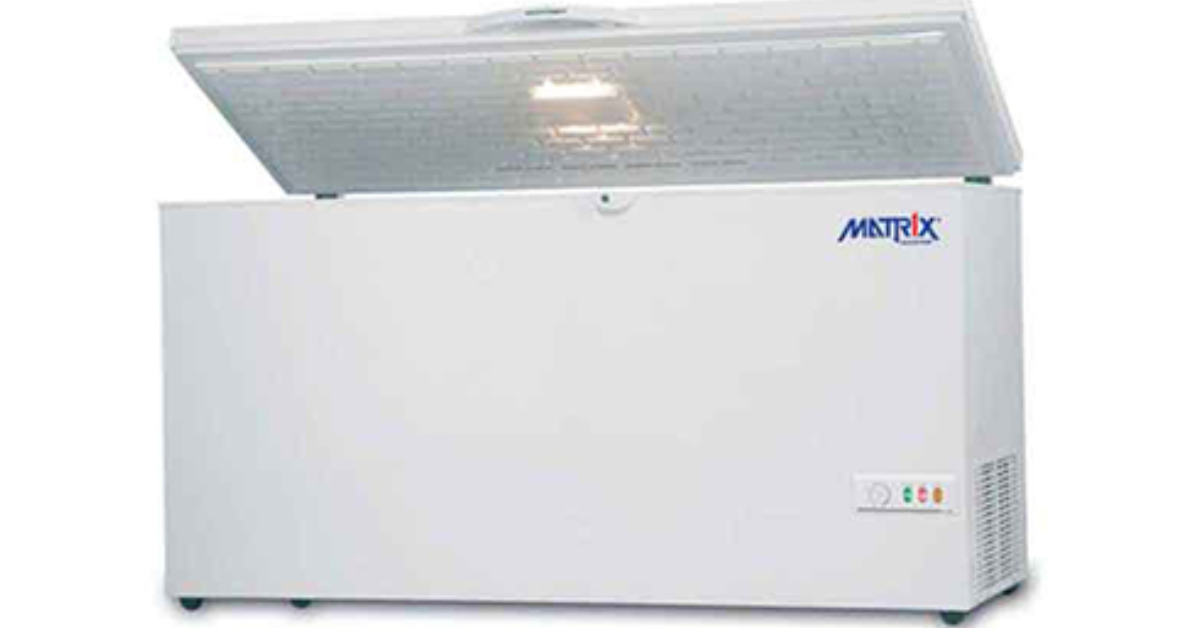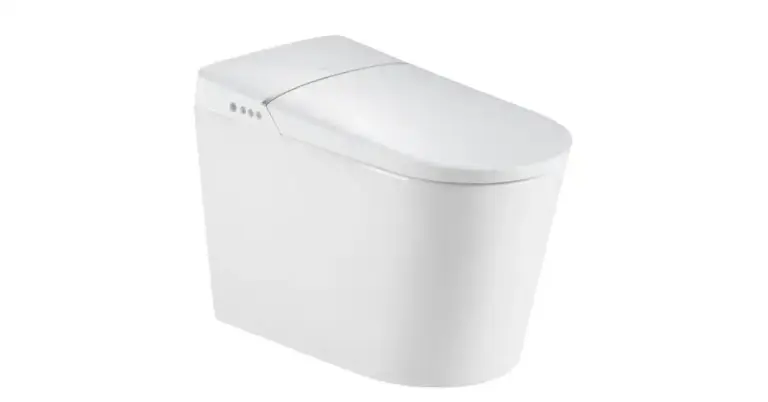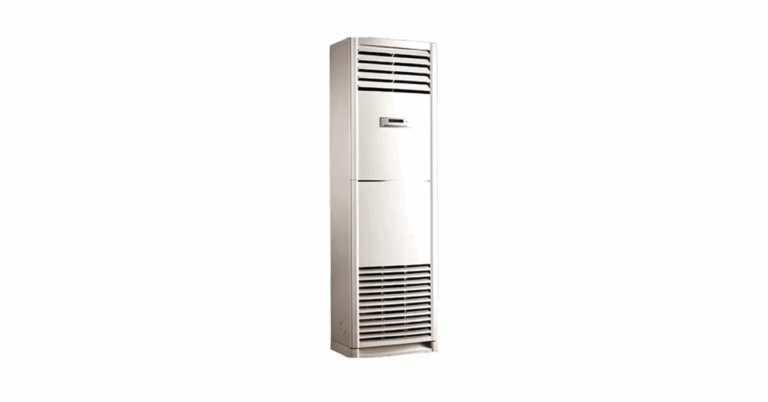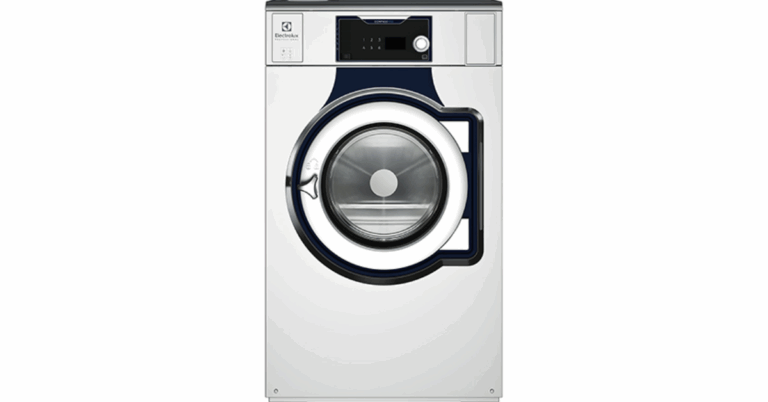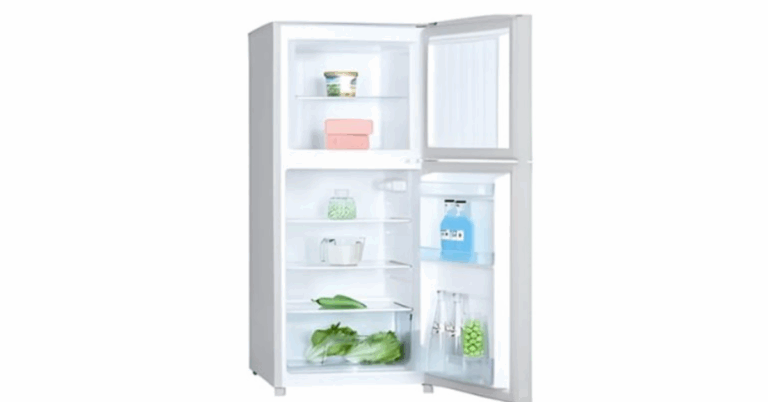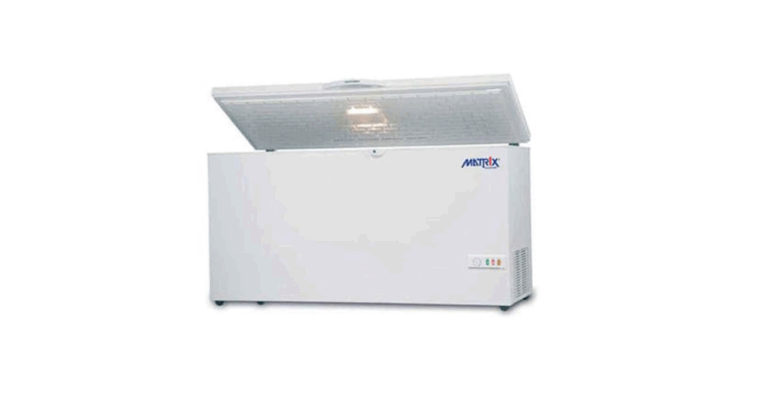Choosing the Right Freezing Solution: The 258 L Marine Chest Freezer (60 Hz) for Marine & Coastal Environments
The 258 L Marine Chest Freezer 60 Hz is engineered as a robust, high-capacity cold storage solution especially suited for maritime, coastal, and tropical operations. Its design caters to the rigorous demands of marine environments—salt air, varying ambient temperatures, and limited space—while still delivering reliable freezing performance. In the first section below, we explore what makes this freezer well suited for marine use and how its 60 Hz operation plays a role in compatibility and efficiency.
Introduction: Why “Marine Grade” Freezers Matter
Using conventional domestic freezers in marine settings often leads to premature failure. Salt corrosion, humidity, vibrations, and temperature fluctuations can degrade components, seals, and insulation. A marine-grade chest freezer mitigates these issues through materials, design, and operational tolerances tailored to harsh conditions.
A 258 L Marine Chest Freezer (60 Hz) offers a balance between capacity and footprint, making it attractive for ship galleys, offshore platforms, coastal fishing vessels, or island resorts. The 60 Hz specification is important because many marine electrical systems (especially in certain regions) or generators run on 60 cycles per second. Matching the frequency ensures compatibility and avoids issues like inefficient motors, excess heat, or reduced lifespan.
Core Features & Technical Specifications
Below is a breakdown of the key attributes you’d expect in a 258 L marine chest freezer operating at 60 Hz (based on typical product descriptions and industry norms):
| Feature | Description / Specification | Why It Matters in Marine Use |
|---|---|---|
| Capacity & Dimensions | Approx. 258 liters internal volume. External dimensions ~ 960 × 745 × 850 mm. | Offers substantial storage without being overly large. Fits into confined ship or platform spaces. |
| Voltage / Frequency | 220 V, 60 Hz (or compatible dual-frequency) | Matches many onboard power systems and avoids harmonics or motor mismatch. |
| Temperature Range | Adjustable from about –18 °C to –24 °C | Suitable for deep freezing fish, meat, ice cream, or emergency reserves. |
| Compressor & Cooling System | High-efficiency, tropical-rated compressor with forced-air circulation | Able to maintain temperature even under high ambient heat and load. |
| Refrigerant Type | Eco-friendly refrigerant (e.g. R600a or equivalent) | Lower environmental impact and better compliance with marine emission standards. |
| Materials & Construction | Corrosion-resistant aluminum inner liner, coated steel or marine-grade outer shell, stainless hardware | Resists salt air, humidity, and corrosion better than standard materials. |
| Insulation & Seals | High-quality polyurethane insulation, durable gaskets, well-sealed lids | Helps minimize heat ingress, condensation, and frost buildup. |
| Storage & Organization | Removable wire baskets or trays, possibly sliding inner doors | Improves accessibility in tight spaces and helps prevent wasted space. |
| Security & Safety | Lid lock & key, adjustable leveling feet or shock-absorbing mounts | Prevents accidental opening in rough seas; ensures stable placement. |
| Power Efficiency & Consumption | Efficient design to reduce wattage draw under 60 Hz operation | Important for energy budgeting onboard vessels and reducing generator load. |
Because marine and coastal environments are more punishing than land-based ones, all these specifications have to be more robust. For instance, gaskets must resist repeated thermal contraction/expansion cycles, and the compressor must tolerate wider voltage swings.
Benefits of a 258 L Marine Chest Freezer at 60 Hz
a) Optimal Capacity for Medium-Scale Marine Operations
A 258 L capacity strikes a middle ground: it is large enough for meaningful bulk storage (e.g. fish catch, meat, emergency rations), yet not so large that it becomes a burden in terms of power draw or space requirements.
b) Power System Compatibility & Efficiency
In ships or platforms with 60 Hz systems, a 60 Hz-rated freezer ensures that motors, compressors, and controls operate at intended speed and efficiency. Using a mismatched 50/60 Hz model can lead to excessive heat, vibration, or mechanical stress.
c) Durability in Marine Environments
Marine-grade construction (anti-corrosive materials, sealed components, rugged hardware) means the freezer can survive spray, humidity, salt-laden air, and occasional temperature extremes—conditions that would degrade ordinary freezers quickly.
d) Energy Savings & Lower Operating Costs
A well-designed 258 L marine chest freezer can operate with modest power consumption, particularly when opportunities to pre-chill before loading are used, and when the unit is well insulated, sealed, and correctly maintained. Over time, these savings matter greatly in remote or self-powered installations.
e) Preservation of Cargo & Food Safety
Consistent freezing at –18 °C to –24 °C ensures food safety (by minimizing bacterial activity), preserves texture and flavor, and extends usable shelf life—crucial for long periods at sea or remote locations.
f) Flexibility & Space Efficiency
The chest design (versus upright) allows for thick insulation, easier sealing, and better thermal stability. Its layout fits under deck heights more easily in many vessel designs, and the top-access lid means it can be placed against bulkheads without needing door swing clearance.
Applications & Use Cases
Marine & Cruise Vessels
Large passenger ships, expedition vessels, or cruise boats often require freeze storage for provisions, specialty items (desserts, imported goods), or backups. A 258 L chest freezer provides supplemental freezing capacity beyond main cold rooms.
Fishing Boats & Trawlers
Smaller to medium-scale fishing operations can use it to freeze catch immediately, especially for high-value or fast-deteriorating species. This helps maintain product quality until offloading.
Offshore Platforms & Islands
Remote offshore drilling platforms, research stations, or island resorts may rely on freezers for food storage. Because supply runs are infrequent, dependable freezing is critical.
Military or Remote Bases
In naval support ships or remote research bases, a reliable marine freezer supports rations, laboratory storage, and critical supplies.
Emergency & Disaster-Relief Vessels
Ships deployed for humanitarian missions or disaster relief often carry perishable supplies. A marine-grade freezer helps preserve medical supplies, vaccines (if required), or food.
Design & Operational Considerations
When selecting or installing a 258 L marine chest freezer (60 Hz), several factors should be taken into account to ensure optimum performance and longevity.
Ambient & Ventilation Conditions
Ensure adequate clearance and airflow around the compressor and condenser. Marine engine rooms and galleys tend to be hot and cramped; insufficient ventilation will reduce cooling efficiency or cause overheating.
Power Stability & Conditioning
Voltage fluctuations are common onboard ships. Use surge protectors, power conditioners, or stabilizers to buffer the freezer from spikes or dips. Ensure wiring and cable gauge match the current demands.
Isolation & Vibration Mitigation
Mount the unit with vibration-damping feet or mounting systems to reduce shock or vibration damage during rough seas.
Seawater Spray & Corrosion Protection
Even if the freezer is within an enclosed space, ensure that external surfaces (handles, hinges, locks) are corrosion-resistant. Regular maintenance of seals, bolts, and surfaces is essential.
Regular Maintenance & Defrosting
Periodic inspection of gaskets, hinges, and condensation drains, as well as defrosting to remove ice buildup, will keep the machine operating efficiently. Ice accumulation reduces capacity and consumes more energy.
Loading Practices
Pre-chill goods before freezing when possible, and avoid overloading. Leave some headspace and avoid blocking internal air circulation channels. Use baskets or trays to improve organization and cooling uniformity.
Backup & Redundancy
In critical operations, consider having a backup or redundant freezer, or the ability to bypass or repair quickly. A failure at sea can compromise food safety or mission integrity.
Challenges & Mitigation Strategies
While the 258 L marine chest freezer is robust, it is not immune to challenges unique to marine settings. Here are common issues and how to address them:
Corrosion
Even marine-grade metals corrode over time in high-salinity environments. Mitigate this by applying protective coatings, regular cleaning, and prompt repair of chipped surfaces.
Seal & Gasket Degradation
Continuous thermal cycling, humidity, and salt air can degrade seals. Replace gaskets every few years and ensure tight closure to avoid frost buildup.
Power Surges & Electrical Stress
Intermittent generator switching, load changes, or transients can stress compressor motors. Use surge protectors and ensure the electrical system is robust.
Uneven Cooling
If goods are packed too tightly or the airflow is obstructed, some areas may not reach the target temperature. Use wire baskets and proper loading strategies.
Ice Accumulation
Excess humidity or door opening can cause ice buildup. Scheduled defrost cycles and humidity control in the room can reduce this problem.
Selection Guidelines: How to Pick the Right 258 L Marine Freezer
If you’re evaluating competing models or sourcing one, here’s a checklist of essential criteria:
-
True 60 Hz Compatibility — Ensure the compressor and controls are rated for 60 cycles, not just 50 Hz or “dual frequency.”
-
Marine-Grade Construction — Look for corrosion-resistant materials, stainless hardware, and sealed joints.
-
Cooling Efficiency — Verify compressor wattage, heat rejection data, and real-world power consumption under load in tropical conditions.
-
Thermodynamic Performance — Ability to maintain –18 to –24 °C even when ambient temps are high (e.g. 35–45 °C).
-
Ease of Maintenance — Accessible components, replaceable gaskets, modular parts, and a documented service schedule.
-
Vibration & Footprint Design — Compact enough to fit allocated space, yet with proper isolation for rough seas.
-
Certifications & Compliance — Marine or shipboard equipment certifications (e.g. IMO, class society approvals) may be required in certain vessels.
-
Spare Parts & Support — Ensure availability of compressors, gaskets, control boards in your region or shipping path.
Case Scenario & Hypothetical Usage
Let’s imagine a mid-sized expedition cruise vessel outfitted with a galley and supply chain that includes perishable imported food. The ship’s electrical system is 220 V, 60 Hz. The logistics team decides to add one 258 L marine chest freezer (60 Hz) to augment their capacity.
-
The freezer is installed in a ventilated recess in the galley’s cold storage area, with vibration-damping mounts.
-
The power cables include surge protection and are run through properly grounded circuits.
-
The chef pre-chills meats and seafood before loading, then uses removable baskets for organization.
-
The engineer monitors compressor current draw and performance during high ambient temperatures.
-
Periodic maintenance includes defrosting, gasket inspection, and saltwater spray cleanup.
-
Over a season, the freezer remains stable, consumes energy as expected, and eliminates spoilage losses from overflow storage.
This scenario illustrates how the 258 L marine chest freezer becomes an integral, reliable component in a well-run marine operation.
Environmental & Sustainability Considerations
With growing emphasis on energy efficiency and emissions reduction, marine refrigeration systems must evolve. A 258 L marine chest freezer with eco-friendly refrigerants (e.g. R600a or newer low-GWP gases) and optimized insulation helps reduce overall vessel carbon footprint. Lower power draw means less fuel consumed by generators, fewer pollutants, and a more sustainable operation over time.
Moreover, by minimizing food spoilage, the freezer helps reduce waste—an important mission on long voyages where resupply is limited.
Conclusion
The 258 L Marine Chest Freezer 60 Hz stands out as a reliable, efficient, and purpose-built solution for marine, coastal, and tropical applications. Its size offers meaningful storage without undue burden, while its construction and specifications ensure it can survive salty, humid, and dynamic environments. From ships to remote platforms, a freezer of this class becomes a cornerstone of operational food preservation, logistics, and mission reliability.
When selecting one, pay close attention to frequency compatibility, corrosion resistance, power efficiency, maintenance accessibility, and certification needs. With proper installation, load management, and upkeep, a 258 L marine freezer can serve faithfully for years—even under the challenging conditions of life at sea.

